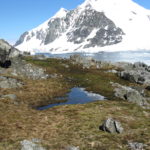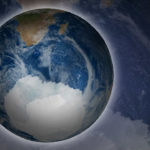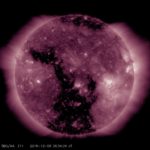Carbon storage shifts around Antarctica
14 June, 2022 by Michael Meredith
Dense water production in the seas around Antarctica is a key process for century-scale carbon storage, slowing global warming. Results from an advanced new model reveal the prospect of system…


